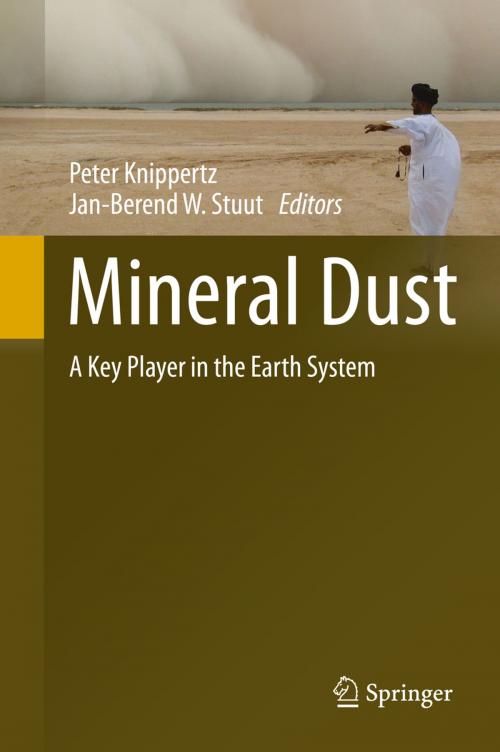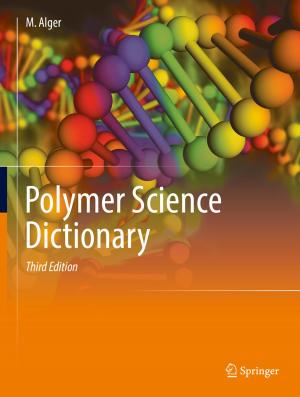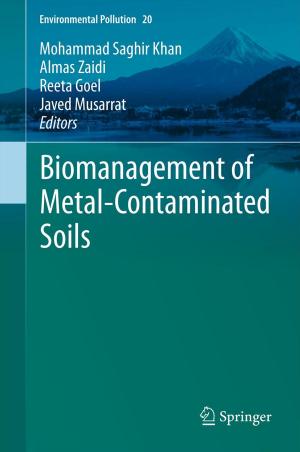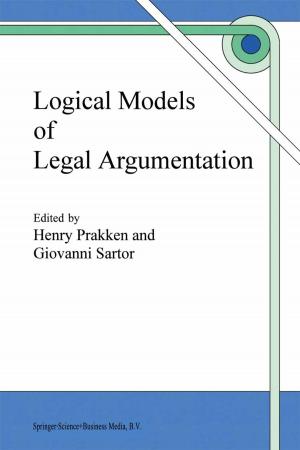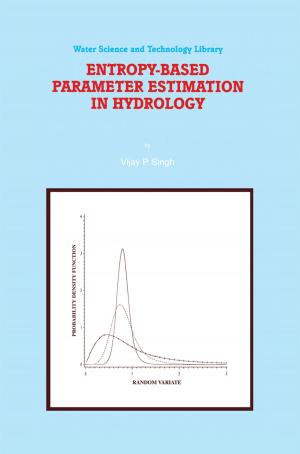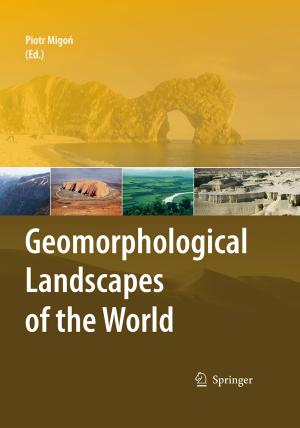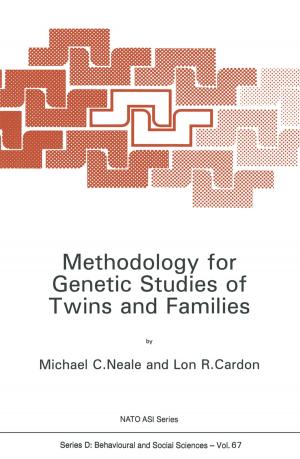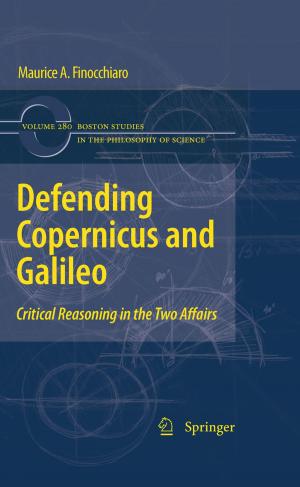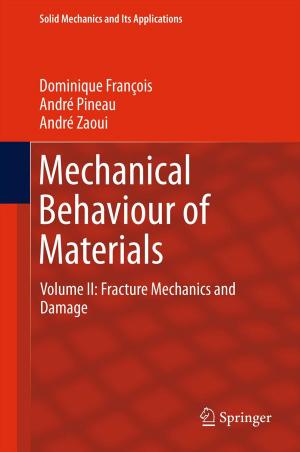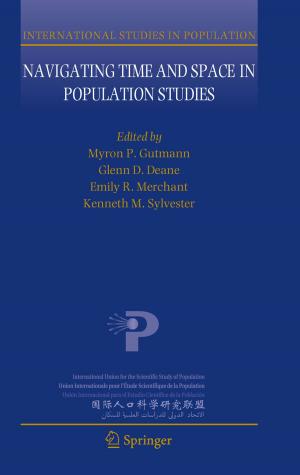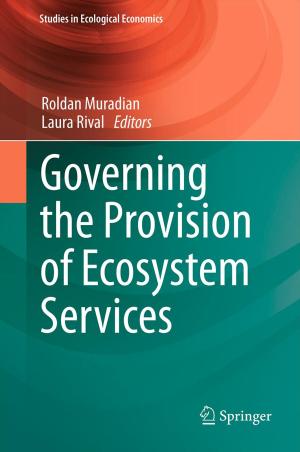Mineral Dust
A Key Player in the Earth System
Nonfiction, Science & Nature, Science, Other Sciences, Meteorology, Earth Sciences| Author: | ISBN: | 9789401789783 | |
| Publisher: | Springer Netherlands | Publication: | September 1, 2014 |
| Imprint: | Springer | Language: | English |
| Author: | |
| ISBN: | 9789401789783 |
| Publisher: | Springer Netherlands |
| Publication: | September 1, 2014 |
| Imprint: | Springer |
| Language: | English |
This volume presents state-of-the-art research about mineral dust, including results from field campaigns, satellite observations, laboratory studies, computer modelling and theoretical studies. Dust research is a new, dynamic and fast-growing area of science and due to its multiple roles in the Earth system, dust has become a fascinating topic for many scientific disciplines. Aspects of dust research covered in this book reach from timescales of minutes (as with dust devils, cloud processes and radiation) to millennia (as with loess formation and oceanic sediments), making dust both a player and recorder of environmental change.
The book is structured in four main parts that explore characteristics of dust, the global dust cycle, impacts of dust on the Earth system, and dust as a climate indicator. The chapters in these parts provide a comprehensive, detailed overview of this highly interdisciplinary subject.
The contributions presented here cover dust from source to sink and describe all the processes dust particles undergo while travelling through the atmosphere. Chapters explore how dust is lifted and transported, how it affects radiation, clouds, regional circulations, precipitation and chemical processes in the atmosphere and how it deteriorates air quality. The book explores how dust is removed from the atmosphere by gravitational settling, turbulence or precipitation, how iron contained in dust fertilizes terrestrial and marine ecosystems, and about the
role that dust plays in human health. We learn how dust is observed, simulated using computer models and forecast. The book also details the role of dust deposits for climate reconstructions.
Scientific observations and results are presented, along with numerous illustrations. This work has an interdisciplinary appeal and will engage scholars in geology, geography, chemistry, meteorology and physics, amongst others with an interest in the Earth system and environmental change.
body>
This volume presents state-of-the-art research about mineral dust, including results from field campaigns, satellite observations, laboratory studies, computer modelling and theoretical studies. Dust research is a new, dynamic and fast-growing area of science and due to its multiple roles in the Earth system, dust has become a fascinating topic for many scientific disciplines. Aspects of dust research covered in this book reach from timescales of minutes (as with dust devils, cloud processes and radiation) to millennia (as with loess formation and oceanic sediments), making dust both a player and recorder of environmental change.
The book is structured in four main parts that explore characteristics of dust, the global dust cycle, impacts of dust on the Earth system, and dust as a climate indicator. The chapters in these parts provide a comprehensive, detailed overview of this highly interdisciplinary subject.
The contributions presented here cover dust from source to sink and describe all the processes dust particles undergo while travelling through the atmosphere. Chapters explore how dust is lifted and transported, how it affects radiation, clouds, regional circulations, precipitation and chemical processes in the atmosphere and how it deteriorates air quality. The book explores how dust is removed from the atmosphere by gravitational settling, turbulence or precipitation, how iron contained in dust fertilizes terrestrial and marine ecosystems, and about the
role that dust plays in human health. We learn how dust is observed, simulated using computer models and forecast. The book also details the role of dust deposits for climate reconstructions.
Scientific observations and results are presented, along with numerous illustrations. This work has an interdisciplinary appeal and will engage scholars in geology, geography, chemistry, meteorology and physics, amongst others with an interest in the Earth system and environmental change.
body>
